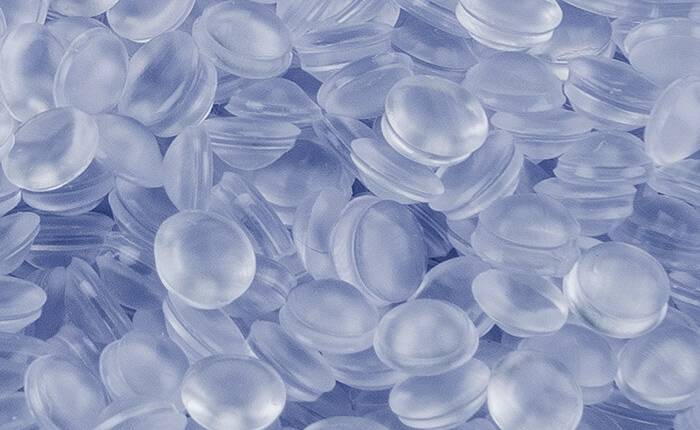Oct . 21, 2024 17:56 Back to list
Understanding PPR Water Pipe Fittings for Efficient Plumbing Solutions
Understanding PPR Water Pipe Fittings A Comprehensive Guide
In modern plumbing and construction, the choice of materials significantly impacts durability, cost-efficiency, and overall performance. One of the most widely used materials in these industries is Polypropylene Random Copolymer (PPR). PPR water pipe fittings have gained popularity for their numerous advantages over traditional materials like metal and PVC. This article delves into what PPR fittings are, their benefits, applications, and installation processes.
What are PPR Water Pipe Fittings?
PPR water pipe fittings are components designed to connect sections of PPR pipes. These fittings are essential for creating a reliable plumbing system that delivers water efficiently across various applications, including residential, commercial, and industrial sectors. Common fittings include elbow connections, tees, couplers, reducers, and end caps, each serving a specific purpose in the plumbing assembly.
Benefits of PPR Water Pipe Fittings
1. Durability and Longevity PPR fittings are highly resistant to corrosion and rust, unlike metal fittings that can degrade over time. This means that PPR installations can last for many years without requiring frequent replacements, making them an economical choice in the long run.
2. Temperature Resistance PPR pipes can withstand high temperatures, usually up to 95°C (203°F). This quality makes them suitable for hot water applications, such as heating systems and hot water supply lines.
3. Weight and Ease of Installation Compared to traditional metal pipes, PPR fittings are significantly lighter. This feature not only simplifies transportation and handling but also reduces installation labor. The ease of installation means that skilled labor is not always necessary, thus lowering overall project costs.
4. Chemical Resistance PPR is inert and resistant to a wide range of chemicals, which makes PPR fittings ideal for industries that deal with aggressive substances. They are commonly used in food processing, chemical industries, and even in the pharmaceutical field.
5. Economic Efficiency Generally, PPR materials are more cost-effective compared to traditional piping solutions. Their longevity and reduced maintenance needs also contribute to financial savings over time.
6. Environmentally Friendly PPR is recyclable and produces fewer emissions during its manufacturing process compared to other materials. This makes it a more sustainable option for construction and plumbing requirements.
Applications of PPR Water Pipe Fittings
ppr water pipe fittings

PPR fittings are versatile and can be used in various applications
. Some of the most common include- Residential Plumbing Used in cold and hot water supply systems in homes, ensuring efficient water flow without leaks or corrosion. - Industrial Applications Employed in chemical processing plants and factories due to their resistance to chemicals and high temperatures. - Heating Systems Essential for underfloor heating and radiator connections, providing warmth without energy loss. - Irrigation Systems Used in agricultural settings for efficient water supply and management. - Sewage Systems Suitable for drainage systems where high durability and resistance are required.
Installation of PPR Fittings
Installing PPR water pipe fittings requires attention to detail for ensuring a leak-free and durable connection. Here are the general steps involved in the installation process
1. Cutting the Pipe Use a PPR pipe cutter for a clean cut, ensuring the ends are smooth to facilitate a secure connection.
2. Deburring the Edges After cutting, remove any burrs or sharp edges that might hinder a proper joint.
3. Heating the Fittings PPR fittings require the use of a heat gun or fusion welding device. The pipe ends and fitting must be heated until they've reached the required temperature.
4. Joining Once heated, quickly join the pipe and fitting together, twisting slightly for even distribution, and hold them in place until they cool and solidify.
5. Testing for Leaks After installation, always test the system for leaks by pressurizing it and inspecting all connections.
Conclusion
PPR water pipe fittings offer an innovative solution for modern plumbing needs. With their durability, ease of installation, and economic efficiency, they present a compelling option for various industries. As construction materials continue to evolve, PPR fittings remain at the forefront, providing reliable and sustainable plumbing solutions that meet the demands of today’s infrastructure.
-
High-Quality PPR Pipes and Fittings Durable ERA PPR & PVC PPR Solutions
NewsJul.08,2025
-
Black HDPE Cutting Board - Durable, Non-Porous & Food Safe HDPE Plastic Cutting Board
NewsJul.08,2025
-
High-Quality CPVC Panel Durable HDPE & PVC Panels Supplier
NewsJul.08,2025
-
Double PE Welding Rod Supplier - High Strength, Durable & Versatile Welding Solutions
NewsJul.07,2025
-
High-Quality PVC-O Pipe Supplier Durable 75mm PVC Pipe & Connections Leading PVC Pipe Company
NewsJul.07,2025
-
HDPE Drainage Pipe Supplier – Durable & Corrosion-Resistant Solutions
NewsJul.06,2025

